1. Mechanical Polishing

Mechanical polishing is a polishing method to obtain a smooth surface by cutting and removing the convex part after polishing due to plastic deformation of the material surface. Generally, oilstone strips, wool wheels, sandpaper, etc. are mainly used for manual operation. For special parts such as the surface of the swivel, turntable and other auxiliary tools can be used. If the surface quality requirements are high, the method of ultra precision grinding and polishing can be used. Ultra precision lapping and polishing adopts special abrasive tools. In the lapping and polishing liquid containing abrasive, it is tightly pressed on the machined surface of the workpiece for high-speed rotation. Using this technology can reach Ra0 008 μ The surface roughness of M is the highest among various polishing methods. This method is often used in optical lens mould.
2. Chemical Polishing

Chemical polishing is to make the micro convex part of the surface of the material dissolve preferentially than the concave part in the chemical medium, so as to obtain a smooth surface. The main advantage of this method is that it does not need complex equipment, can polish workpieces with complex shapes, and can polish many workpieces at the same time, with high efficiency. The core problem of chemical polishing is the preparation of polishing solution. The surface roughness obtained by chemical polishing is generally 10 μ m 。
3. Electrolytic Polishing

The basic principle of electropolishing is the same as that of chemical polishing, that is, the surface is smooth by selectively dissolving the small protruding parts on the surface of the material. Compared with chemical polishing, it can eliminate the influence of cathode reaction and has better effect. The electrochemical polishing process is divided into two steps:
(1) The dissolution products of macro leveling diffuse into the electrolyte, and the geometric roughness of the material surface decreases, RA > 1 μ m 。
(2) The low light level is flat, the anode is polarized, and the surface brightness is improved, RA < 1 μ m 。
4. Ultrasonic Polishing

The workpiece is put into the abrasive suspension and placed in the ultrasonic field together. Relying on the oscillation of ultrasonic, the abrasive is ground and polished on the workpiece surface. The macro force of ultrasonic machining is small and will not cause workpiece deformation, but the fabrication and installation of tooling are difficult. Ultrasonic machining can be combined with chemical or electrochemical methods. On the basis of solution corrosion and electrolysis, ultrasonic vibration is applied to stir the solution to separate the dissolved products on the surface of the workpiece, and the corrosion or electrolyte near the surface is uniform; The cavitation effect of ultrasonic wave in liquid can also inhibit the corrosion process and is conducive to surface brightening.
5. Fluid Polishing

Fluid polishing relies on the high-speed flowing liquid and its abrasive particles to wash the workpiece surface to achieve the purpose of polishing. Common methods are: abrasive jet machining, liquid jet machining, hydrodynamic grinding, etc. Hydrodynamic grinding is driven by hydraulic pressure to make the liquid medium carrying abrasive particles flow back and forth through the workpiece surface at high speed. The medium is mainly made of special compound (polymer like material) with good flowability under low pressure and mixed with abrasive. The abrasive can be silicon carbide powder.
6. Magnetic Grinding And Polishing

Magnetic abrasive polishing is to use magnetic abrasive to form abrasive brush under the action of magnetic field to grind the workpiece. This method has the advantages of high processing efficiency, good quality, easy control of processing conditions and good working conditions. With appropriate abrasive, the surface roughness can reach Ra0 one μ m 。
The polishing in plastic mold processing is very different from the surface polishing required in other industries. Strictly speaking, mold polishing should be called mirror processing. It not only has high requirements for polishing itself, but also has high standards for surface flatness, smoothness and geometric accuracy. Surface polishing generally requires only a bright surface. Mold master wechat: 1828765339 mirror processing standard is divided into four levels: Ao = Ra0 008 μ m , A1=Ra0. 016 μ m , A3=Ra0. 032 μ m , A4=Ra0. 063 μ m. Because electrolytic polishing, fluid polishing and other methods are difficult to accurately control the geometric accuracy of parts, and the surface quality of chemical polishing, ultrasonic polishing, magnetic polishing and other methods can not meet the requirements, the mirror processing of precision molds is still dominated by mechanical polishing.



